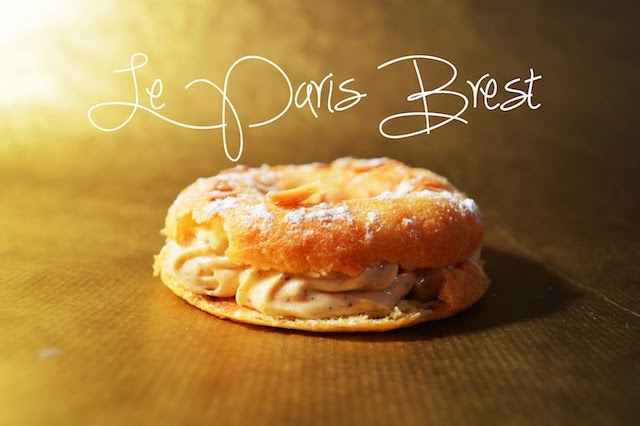In France, people still can't get enough of macarons. Available in their current form since the beginning of the last century, Paris is still in the grips of a macaron craze that started around about the time of the cupcake craze in the USA.
I am pretty good at macarons even if I say so myself. I wrote a blog post about them a while ago which you can find here, but all this time I have been using the so-called French meringue method, which involves whisking egg whites with sugar as the basis for the macarons, as opposed to the seemingly more complex Italian meringue method. This involves whisking the egg whites and then adding a sugar syrup which you have heated to 118°C. The latter, method, even though more complex, is supposed to give you more reliable macaron shells with less of a tendency to crack in the oven.
Until this week, I thought I was perfectly happy with the French method, until, while making the Paris Brest from the last post, I realized that making the Italian meringue was a lot easier than it sounds. So, I started experimenting with Italian meringue macarons and haven't looked back since. Not only are they much more reliable, they have a better texture and the characteristic gooey centre that you find at Ladurée and Pierre Hermé, here in the city.
I am not going to go into details about how to make the macaron shells here since you can find that plastered all over the Internet. However, I will share the recipe for the filling for these Strawberry and Cardamom macarons which I made this week. Also, I was given a tip by a French pȃtissier which I will share with you. When filling the macaron shells, gently press the inside of one of them so that it caves in. You can then get more filling inside the macaron and the filling will help to turn the inside of the cookie all gooey. Try it. It's amazing.
Cardamom, a spice best known in Indian savory cooking, adds a delicate sophistication to the strawberry ganache in this recipe. It's quite subtle, but the overtones of honeyed eucalyptus are a perfect partner to the strawberries' sugary sourness.
Strawberry and Cardamom Macarons
Active time: 10 mins
Total time: 1 hr 10 mins
50ml / 1/4 cup heavy cream
3 cardamom pods
100g / 3 1/2 ounces white chocolate
4 large strawberries
20 macaron shells
1. Crush the cardamom pods and place them in a saucepan with the cream; bring to the boil and then leave to infuse for at least 30 minutes. Remove the cardamom pods and discard.
2. Bring the cream back to the boil; then remove from the heat, add the white chocolate and leave for 10 minutes. Then stir the chocolate until it has all combined with the cream.
3. Blitz the strawberries in a mixer and then add them to the chocolate and cream; stir until combined and then refrigerate for at least one hour.
4. Put the mixture in a piping bag and use it to fill the macarons; place in the refrigerator overight before serving.







